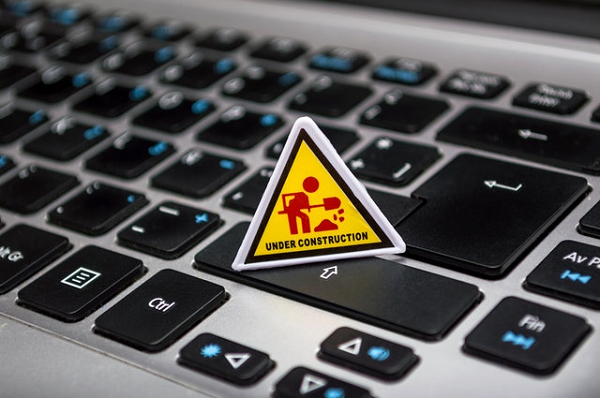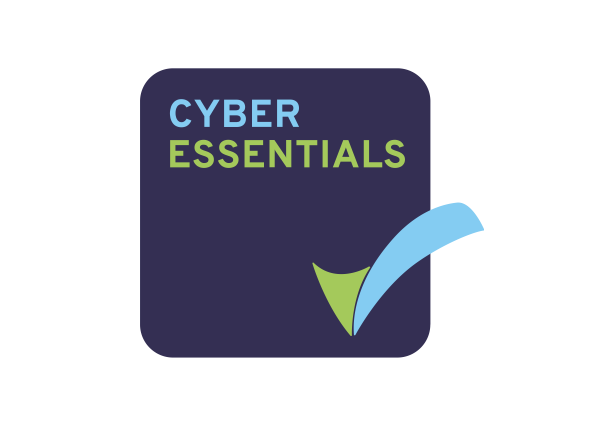Latest from our business, security
and technology blog
Search the blog:
The IT Lifecycle and 5 Signs that it’s Time to Upgrade Your Technology
When you’re starting out, smart tech purchases can often end up at the bottom of your list of priorities. But depending on how much you care about office atheistic, you can either end up overspending on beautiful technology, or buying the most cost-effective computers which your business will have...
Why shrewd companies are getting tested and certified for Cyber Essentials
It’s tempting to see the UK Government’s new Cyber Essentials scheme as not worthy of investigation if you’re an established organisation with good IT systems in place. But our experience as an IASME Certification Body has taught us that this isn’t always the case.
Why IT Cannot Be a Reactive Activity
So much of the IT activity we all undertake is reactive – often it takes a malware attack to prompt us to upgrade our security software or a broken hard drive to make us think seriously about backups. Which is exactly why your IT approach shouldn’t be reactive.
Staff Training: Your First Line of Defence in IT Security
Staff training has a key role to play in any cyber security and information management strategy. So how do you begin to plan what needs to be done?
Cyber Essentials Voucher Scheme worth up to £1000 launched in Scotland
The Scottish Government has made funding available for a new voucher scheme to help Scottish businesses and charities achieve the National Cyber Security Centre's (NCSC) Cyber Essentials certification.
Why You Should be Using 2 Factor Authentication Right Now!
Verizon’s 2017 Data Breach Investigations Report found that 81% of of hacking-related breaches leveraged either stolen and/or weak passwords.
The FBI Warns of a New Cyber Security Threat
Most cyber security news recently has focused on the revelation of Russian military intelligence service attacks, but there has been a recent announcement about cyber security practice to which organisations of all sizes including small businesses should be paying much greater attention.
How does an Information Asset Register ensure GDPR compliance?
GDPR has focused business leaders’ thoughts on the data held within their organisations and how best to protect it. Since the first step towards securing anything is understanding what you have, an Information Asset Register is crucial. Grant McGregor explains what an Information Asset Register is...
Everyone Begins Cyber Essentials from a Different Starting Point
Everyone begins their Cyber Essentials certification process from a different starting point – but that’s what makes the scheme so important.











